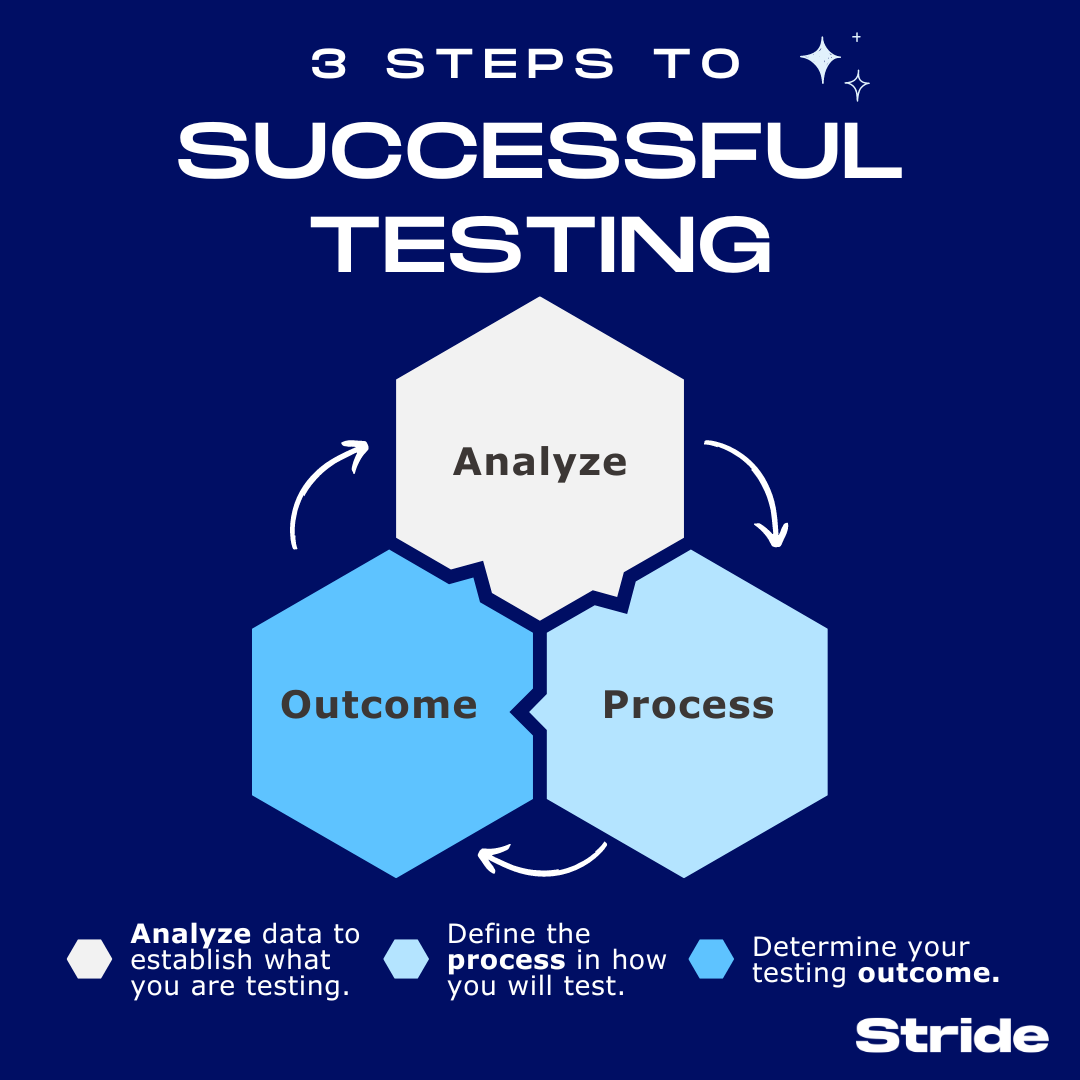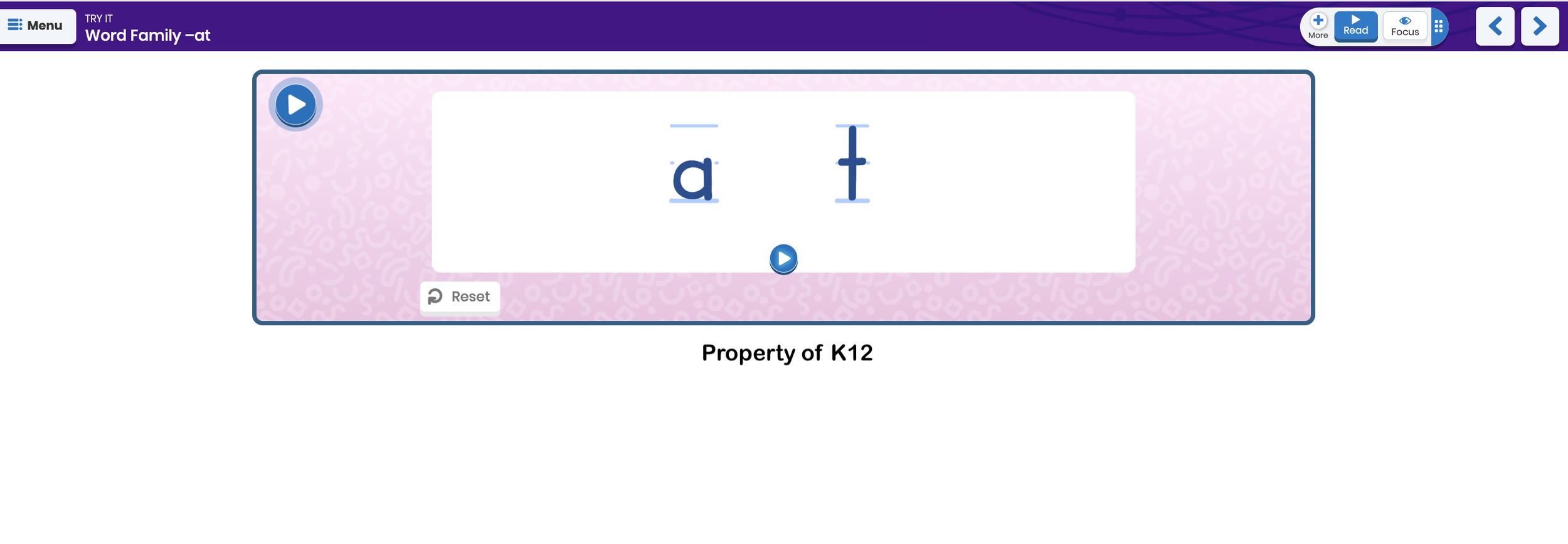K12
This page features my brilliant work at K12 (AKA Stride Inc.) as a curriculum specialist (instructional designer).
Make learning fun!
As a curriculum specialist (instructional designer), I create amazing courses for students internally and externally.
I combine multiple instructional design models to best suit my learners’ needs for course creation and implementation.
My background and expertise enhance my courses by ensuring they are structurally sound, well-paced, and accessible to all types of learners.
Select each tab in the tab set to the right to learn about my strategic approach when developing a course.
-
I analyze our current course offerings to better understand how our courses are implemented. I request feedback from teachers about their needs and wishes about courses. I consult research and experts to ensure content is accurate.
-
My team and I collaborate to brainstorm problems and create meaningful objectives to help keep courses realistic within a scope and sequence.
-
Storyboarding is where the magic happens! Developing a storyboard outlines the course by including learning goals, content, SME support, and media assets.
-
The course is in development! Assets are added, the layout is formatted, and the course begins to come to life. Reviews are also conducted by any additional SMEs and internal team members during this stage before the course is released to the public.
-
The course is consumed and applied by learners! Feedback is received and content may be revised.
-
Based on learner and educator feedback, the course is updated and modified as needed to ensure the course is meeting the learner’s needs.
Explore my designs:
When developing courses, I always like to add my personal touch through graphic designs. These designs support the content when providing important information in a succinct and engaging manner. I primarily use Canva to create my designs, but am learning other tools for innovative design.
Science of Reading
The Science of Reading (SoR) is decades of research on how we learn to read. It focuses on these five core elements: phonemic awareness, phonics, fluency, vocabulary, and comprehension. The National Reading Panel is a government owned body of research that provides information on each of the five core elements of reading. The science of reading is important because it helps support educators with the understanding of how and why reading should be taught sequentially and explicitly.
I was honored to be part of the team that created courses for the science of reading within Stride. As a subject matter expert in literacy, I had a fantastic advantage when developing these courses as the instructional designer. I was able to understand the content as I developed and structured the courses in a way that will not overwhelm the learner. My two-year plan is thoughtfully curated to implement each of the science of reading components and positively change a teacher’s reading instruction. Organization-wide and over 3,000 teachers are viewing the science of reading courses to ultimately meet K12’s goal of ensuring students are taught properly and can read well.
Storyboarding and Designing
Review my process as a curriculum specialist in creating a phonics lesson. I storyboarded several lessons that needed updating, but this is just one example. Choose “Download Phonics K Lesson” to view my storyboard for our visual designer. Everything was created by me, including the interactions, narrations, and graphic images. The visual designer developed the pieces to put everything together for me to review and approve. After reviewing the PDF, explore the image carousel to see how the storyboard came to life!
Modeling wins
Students thrive in a modeling environment. Students need to listen, practice, and have real-world application within phonics to understand how sounds function in real life. In this video, learn how our students are introduced to the short i sound. They will learn how to make the mouth shape, say a funny tongue tickler tale, and understand how sound i relates to real life. I created the initial concept for this component, from choosing the images, generating the narration, and composing the audio (yes, that’s my voice you hear!).

















